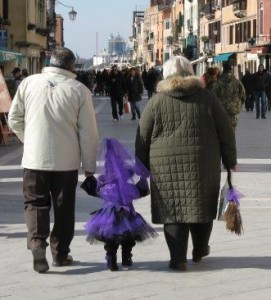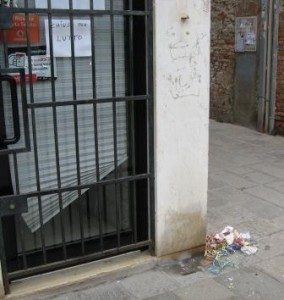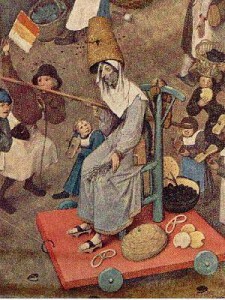Last Sunday (May 16) Venice pulled what was once one of its greatest festivals out of storage for its annual exhibition: Ascension Day, or “la Sensa.”
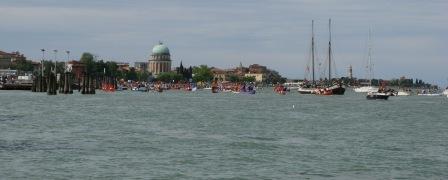
Up until the year 1000 A.D., if you’ll cast your minds back, the fortieth day after Easter had been primarily known as the commemoration of Christ’s ascension to heaven. It still is, but at the turn of the millennium the day took on large quantities of extra importance for Venice.
The day also became just as famous for the “Sposalizio del mare,” or wedding of the sea, a ceremony performed by the doge and Senate in the company of many boats of all sorts which all proceeded toward the inlet to the sea at San Nicolo’ on the Lido. At the culminating moment, the doge tossed a golden ring into the lagoon waters and intoned, “Desponsamus te, Mare, in signum veri perpetique dominii.” (“I wed thee, O Sea, in sign of perpetual dominion.”)
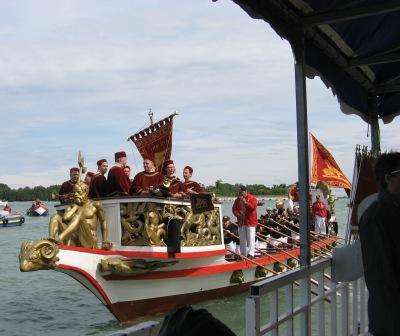
This statement had nothing to do with religion, even though it does sound impressive in Latin, right up there with “till death us do part.” It had much more to do with politics, because on Ascension Day in the year 1000 (May 9, if you’re interested), doge Pietro II Orseolo finally quashed the Slavic pirates who, from their eastern Adriatic lairs, had been harassing Venetian shipping and seriously inconveniencing Venetian progress.
This was a pivotal moment in Venetian history; it opened the way to centuries of expansion, wealth and power, and the Venetians wanted to make sure that all their assorted neighbors and trading partners and possibly also trading competitors remembered what they had done and could do again, if necessary.
For another thing, beginning in 1180 one of the largest commercial fairs of the entire year was held during the Ascension Day period. Merchants and traders from all over the Mediterranean and beyond set up booths in the Piazza San Marco to sell ivory, incense, ebony, oils of jasmine and sandalwood and bergamot, pomegranate soap, tortoiseshell back-scratchers, bath salts, mirrors inlaid with mother-of-pearl, dried figs and apricots, plant-based hair dyes, luxurious textiles, and even Abyssinian and Circassian and sub-Saharan slaves. All this was traded in languages and dialects from Venetian to Armenian, Hebrew, Uzbek, Greek, Turkish, German, Georgian, Iberian, Arabic, French and Persian. I’m sure I’ve left something out. This fair was such a big deal that soon it was extended from eight days to two weeks. Yes, even back then the city was just one big emporium, though incense strikes me as being cooler than the bargain Carnival masks made in China bestrewing the shops today.
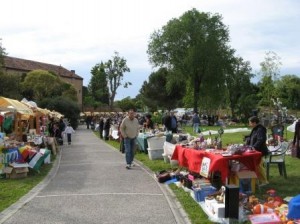
I don’t suppose that the average Venetian on the street would have told you much of the above if you’d stopped to ask what the big deal was about the Sensa. But a smallish contingent of people have applied themselves, since the early Nineties, to bringing back at least some ceremonial in order to acknowledge the moment .
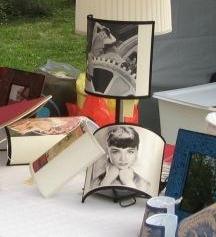
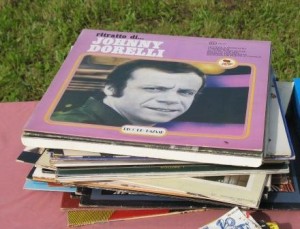
So yesterday morning there was a boat procession, more or less following the “Serenissima,” the biggest and fanciest of the city’s ceremonial barges which was carrying the mayor (best we could do, seeing as we’re dogeless these days) and costumed trumpeters and a batch of military and civilian dignitaries and also a priest.
At the Morosini naval college at Sant’ Elena, all the cadets were ready and waiting, lined up along the embankment. Standing crisply at attention with their hats in their right hand, on command they raised their hat-holding arm straight out at a sharp 45-degree angle, and shouted with one voice “OO-rah.” They did this three times in succession, then there was a pause. Then they did it again. They do this at intervals till the boats have all passed.
For my money, this is the best part of the event, much better than the ring-and-sea business. In fact, I’m convinced that if the cadets were not to do this, it would ruin the entire day.
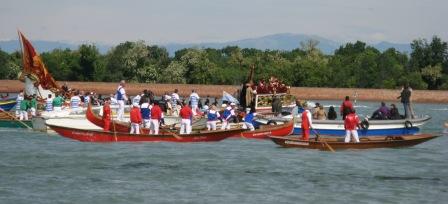
The boats then proceed to the area in front of the church of San Nicolo’ on the Lido, where they clump together, the priest blesses the ring, and the mayor throws it into the water. One year our boat was close enough that I took somebody’s dare and actually managed to snag it before it sank (all the ribbons tied to it momentarily helped it to float). Then I had a heavy surge of superstitious guilt. Even if it wasn’t gold — it was kind of like what you’d use to hang a heavy curtain — it was a symbolic object fraught with meaning. I wondered if I’d just blighted Venice’s mojo for another year. But I didn’t throw it back — that seemed even stupider than grabbing it in the first place. So, you know, my disrespect just left another ding on the chrome trim of my conscience.
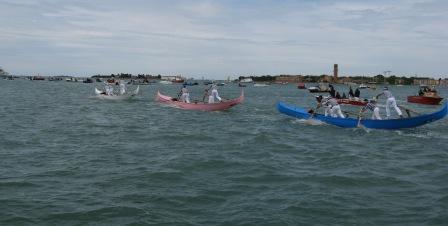
Then there is a boat race — in this case, a race for gondolas rowed by four men each. In Venice the celebration of really important events always involved a regata, and when this festival began to take form, Lino created this one. Yesterday the competition was somewhat more dramatic than usual in that a strong garbin, or southwest wind, was blowing, and it was also really cold. Lots of big irritated waves. Strong incoming tide. All elements that do not conduce to easy victory or friendly handshakes afterward, not that these guys are ever inclined to that sort of thing. But it made for a very exciting 40 minutes — better than usual, if you could stand the cold.
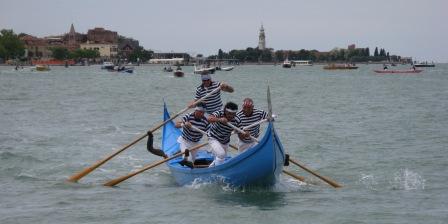
So much for the festivities, so much for the wedding of the sea. No honeymoon, though. We just move on to another 12 months of trying to dominate the sea. Not with galleys anymore; Venice seems to be doing a pretty good job with the ever-increasing flotilla of cruise ships.


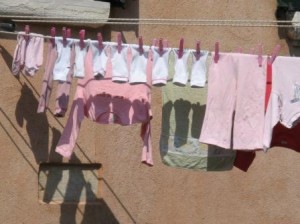
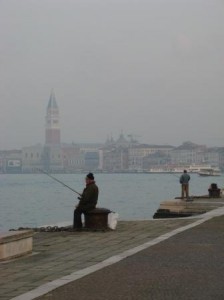
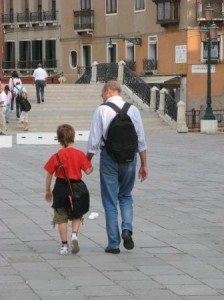
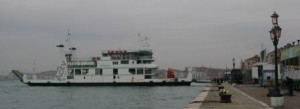
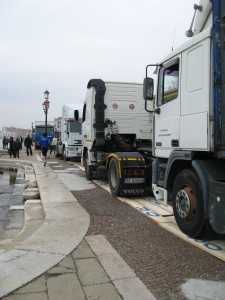
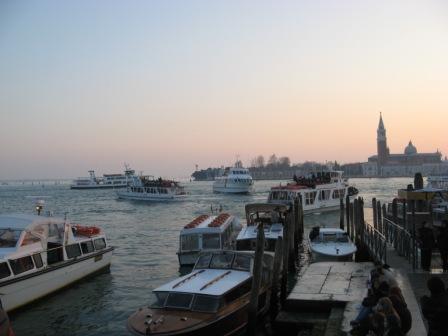
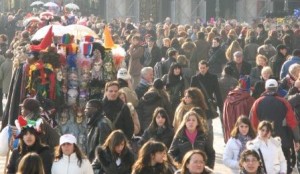 They estimate that each visitor spent 50 euros, for an exciting total income of 40 million euros. Not sure where this number came from; a professor of the Economics of Tourism at the University of Venice says that the “bite and run” day-trippers spend an average of 30 euros each day, while the more solid tourist spends 150. In any case, let’s not quibble over a million more or a million less. Restaurants and hotels certainly made money, not to mention the ACTV and their spectacularly expensive vaporetto tickets.
They estimate that each visitor spent 50 euros, for an exciting total income of 40 million euros. Not sure where this number came from; a professor of the Economics of Tourism at the University of Venice says that the “bite and run” day-trippers spend an average of 30 euros each day, while the more solid tourist spends 150. In any case, let’s not quibble over a million more or a million less. Restaurants and hotels certainly made money, not to mention the ACTV and their spectacularly expensive vaporetto tickets.